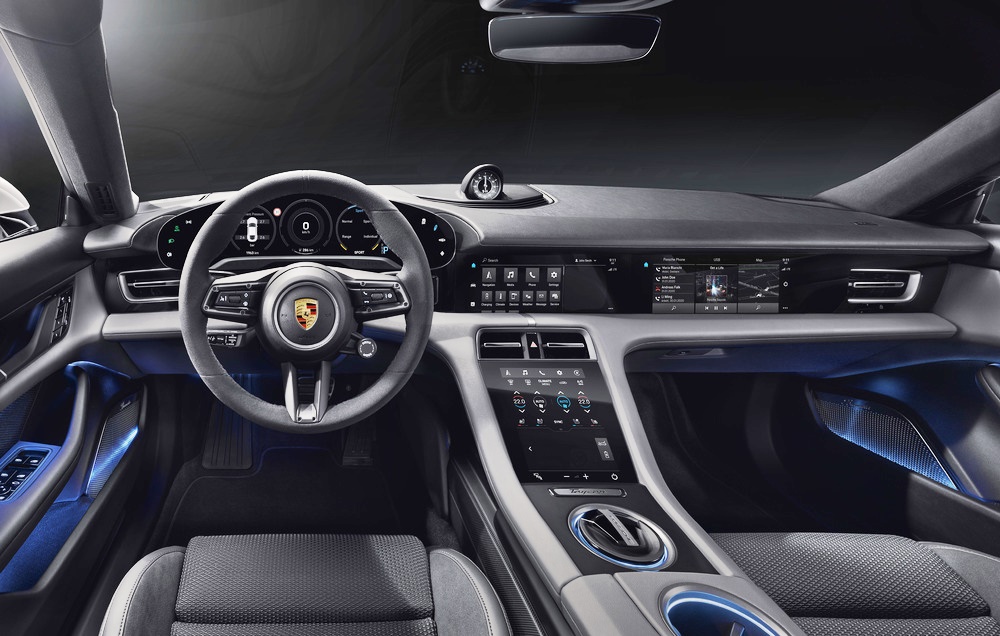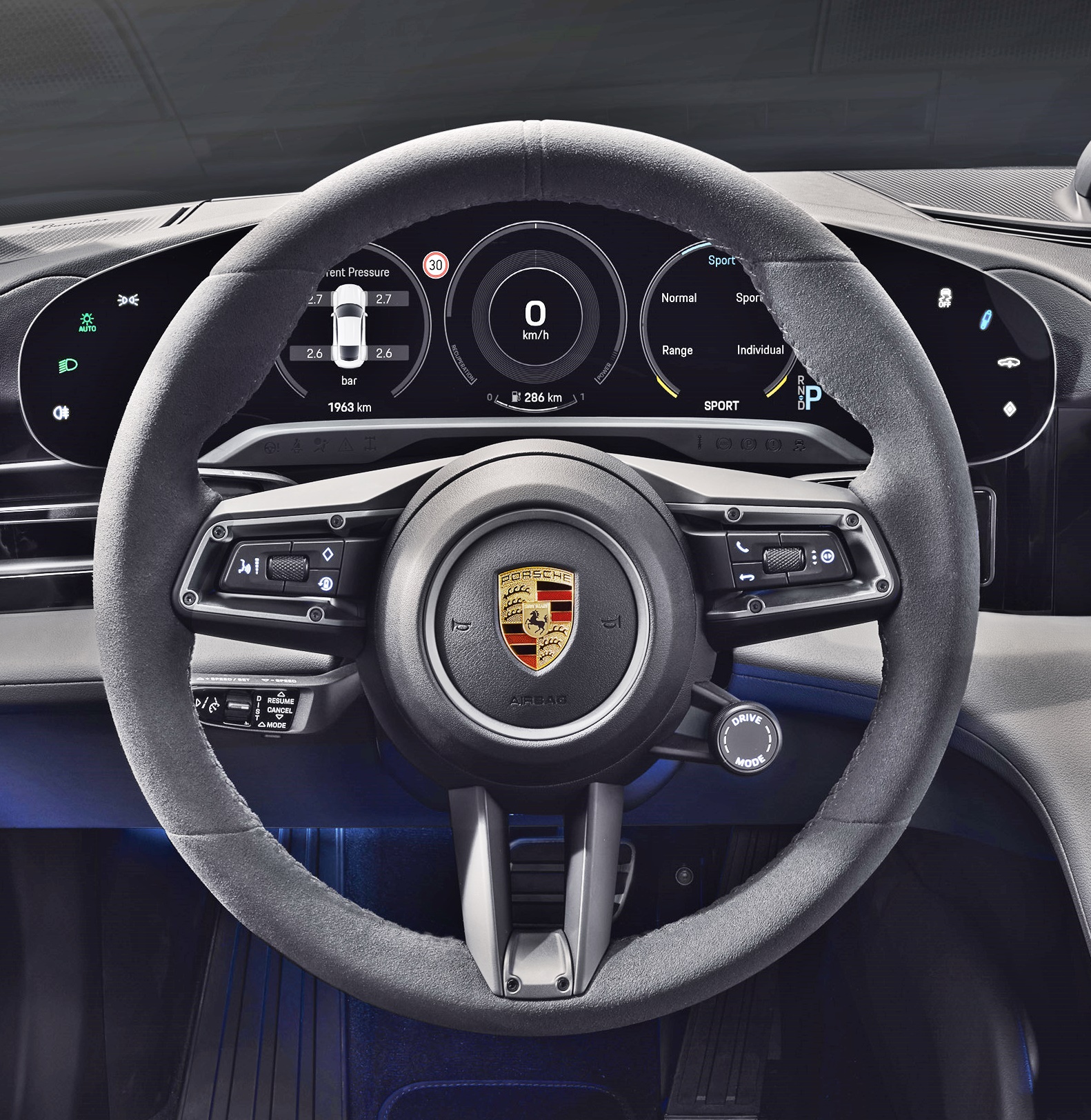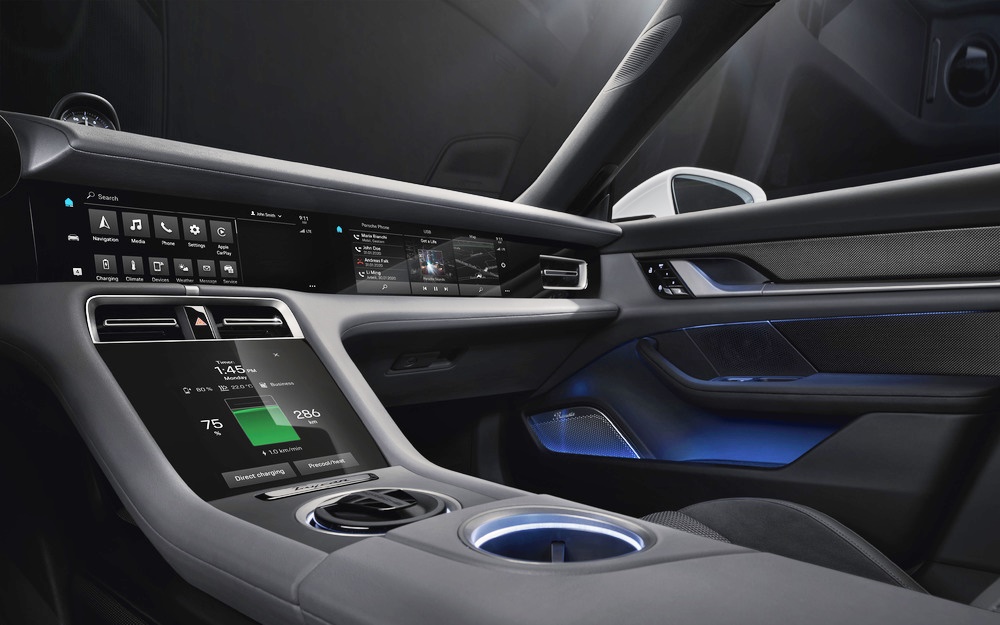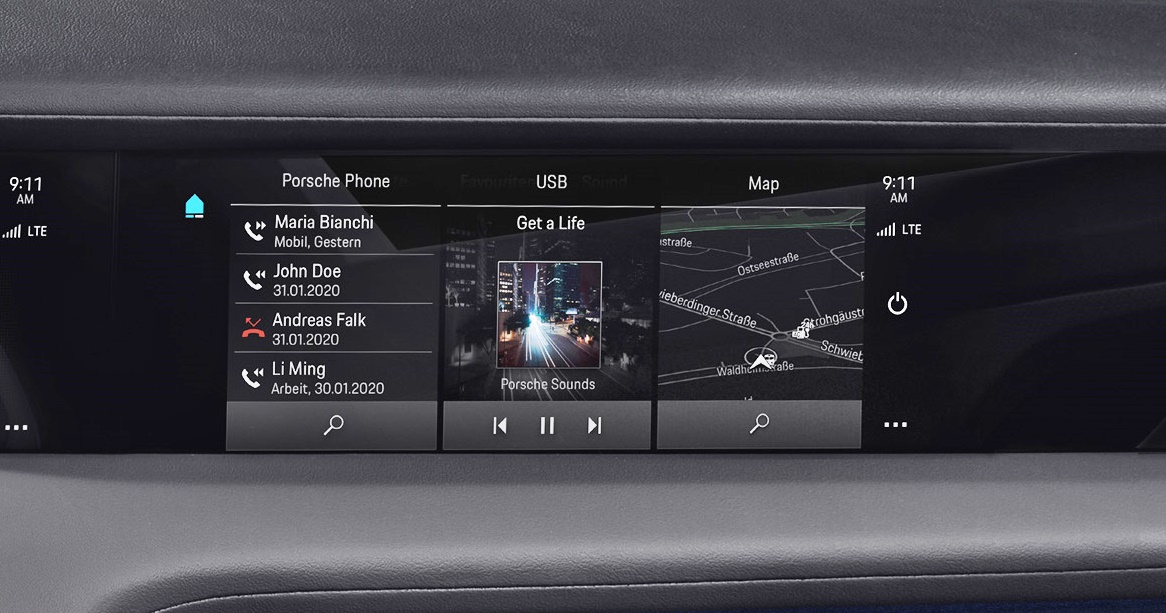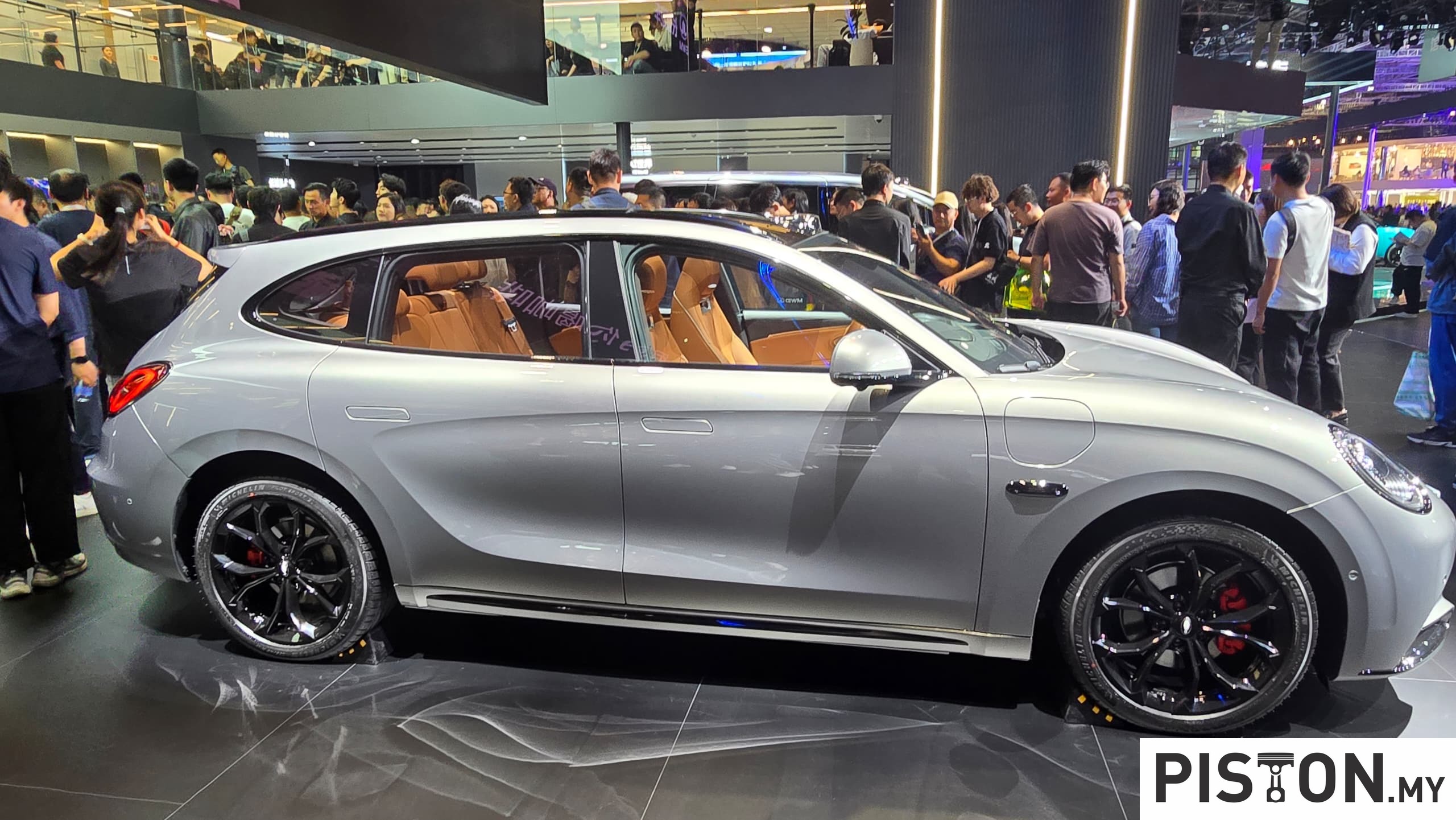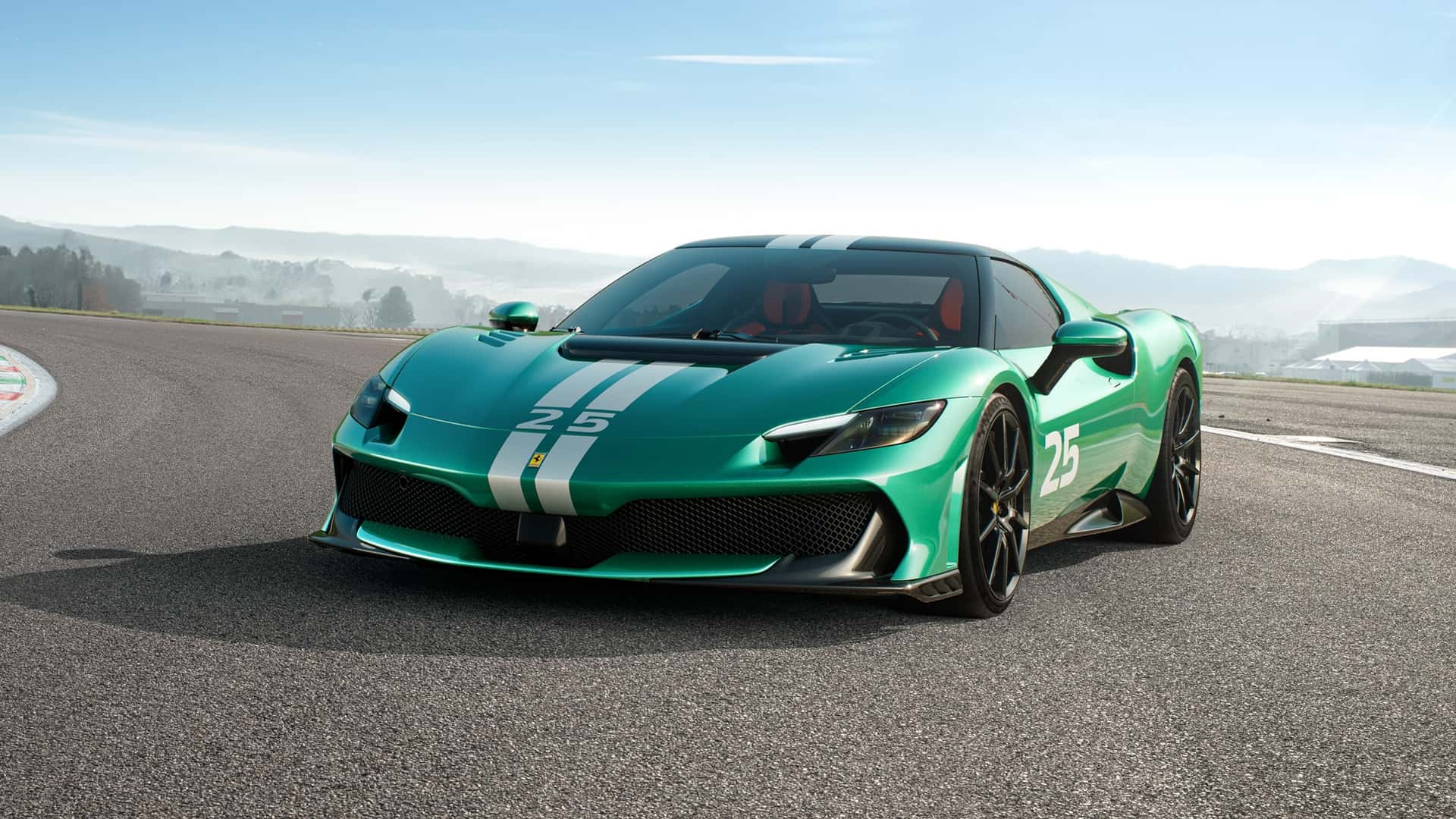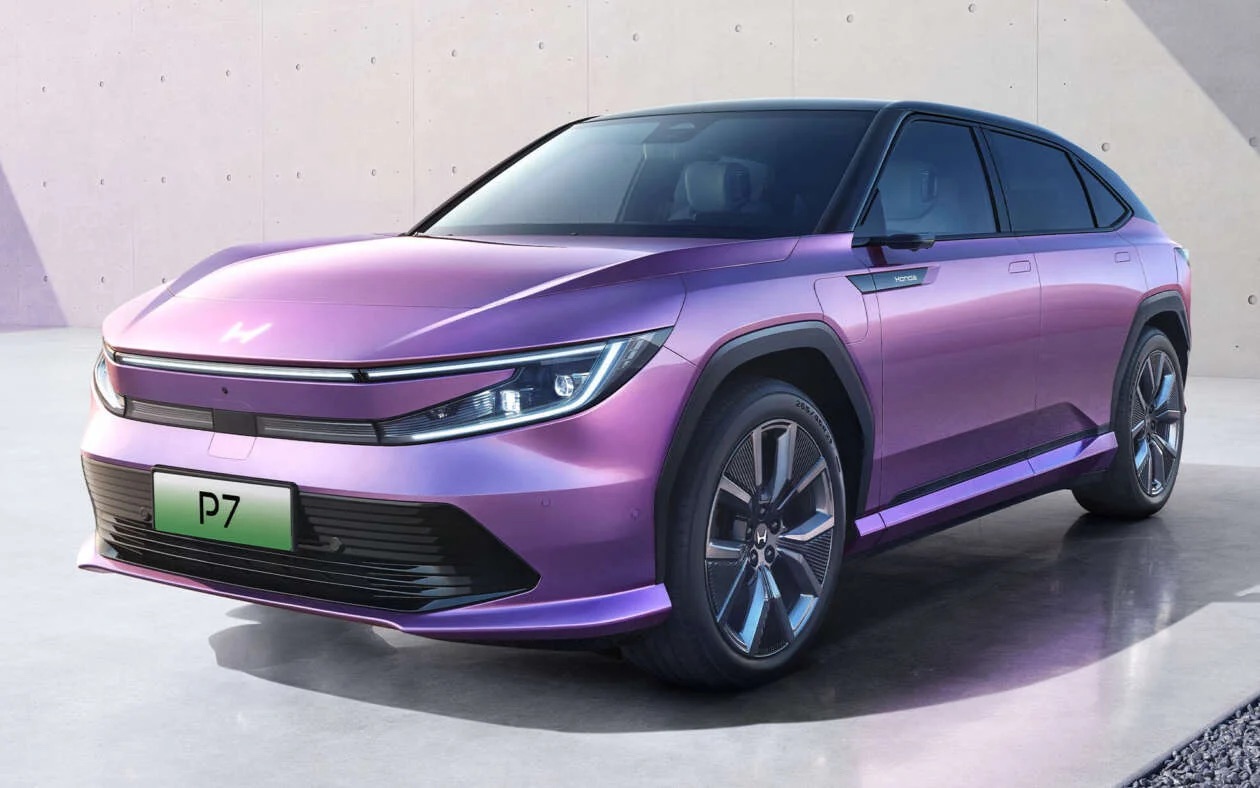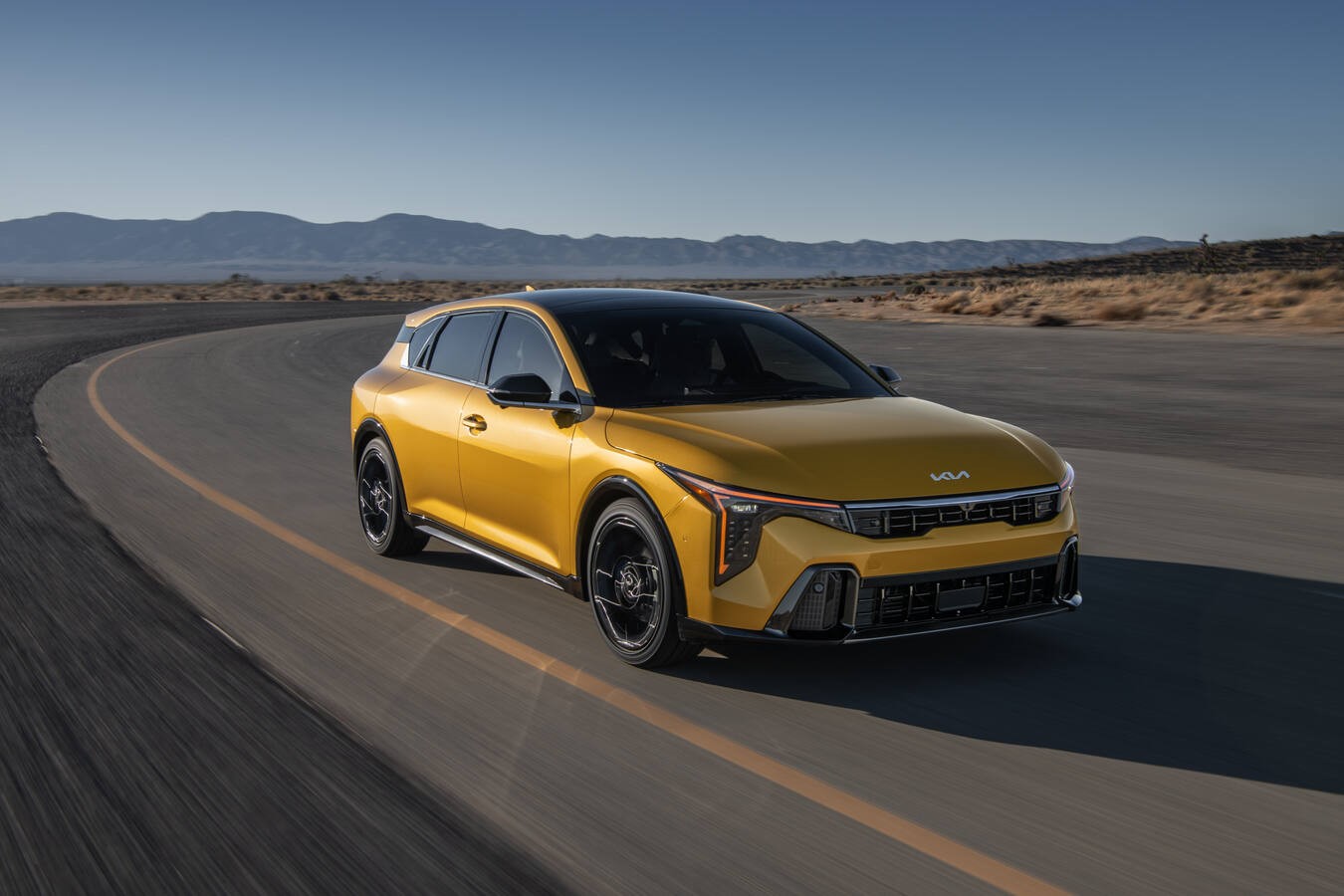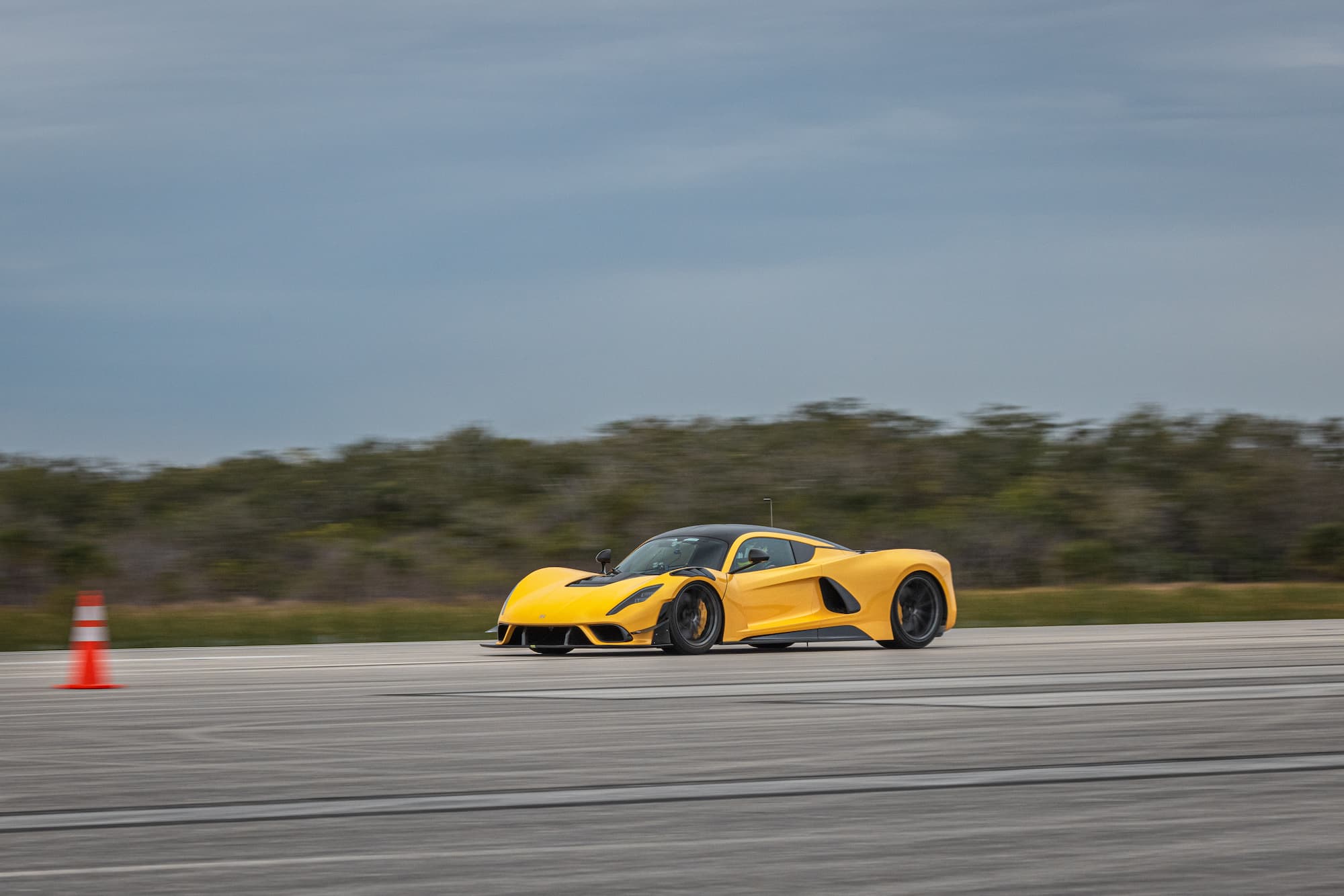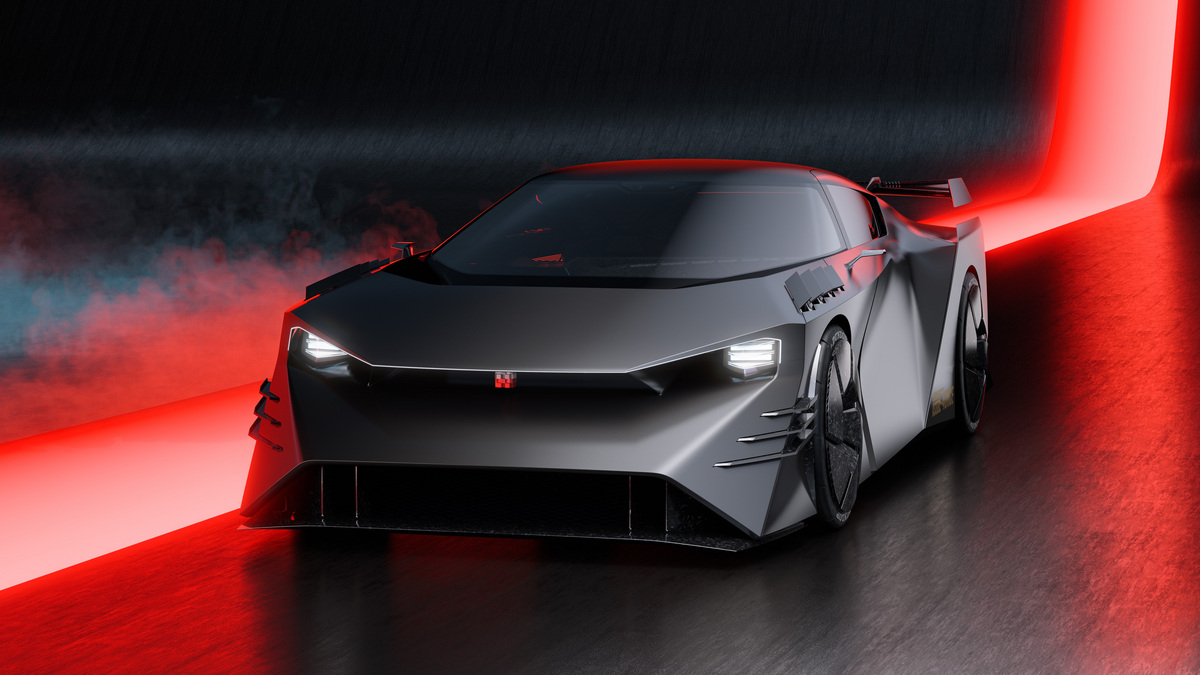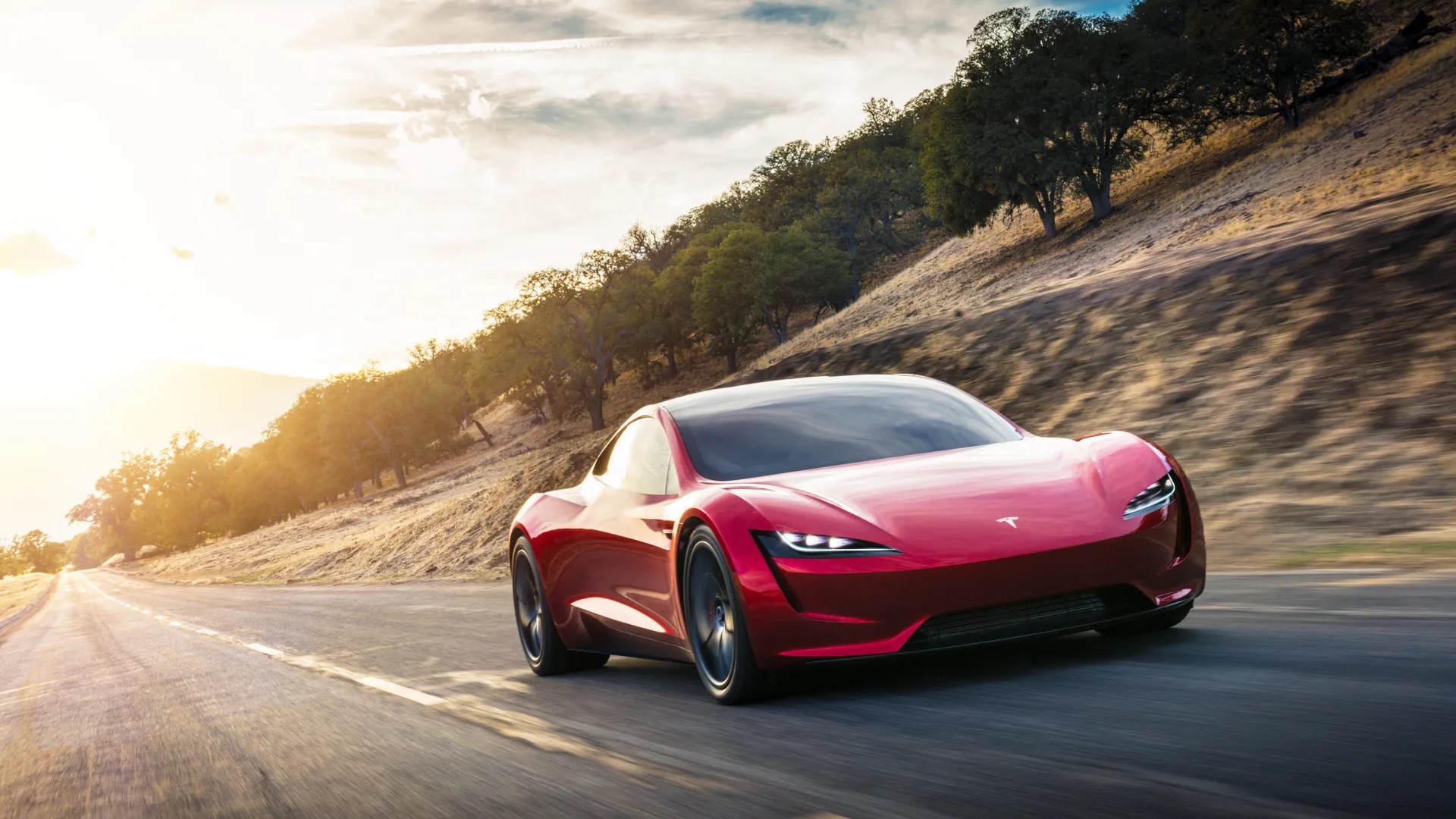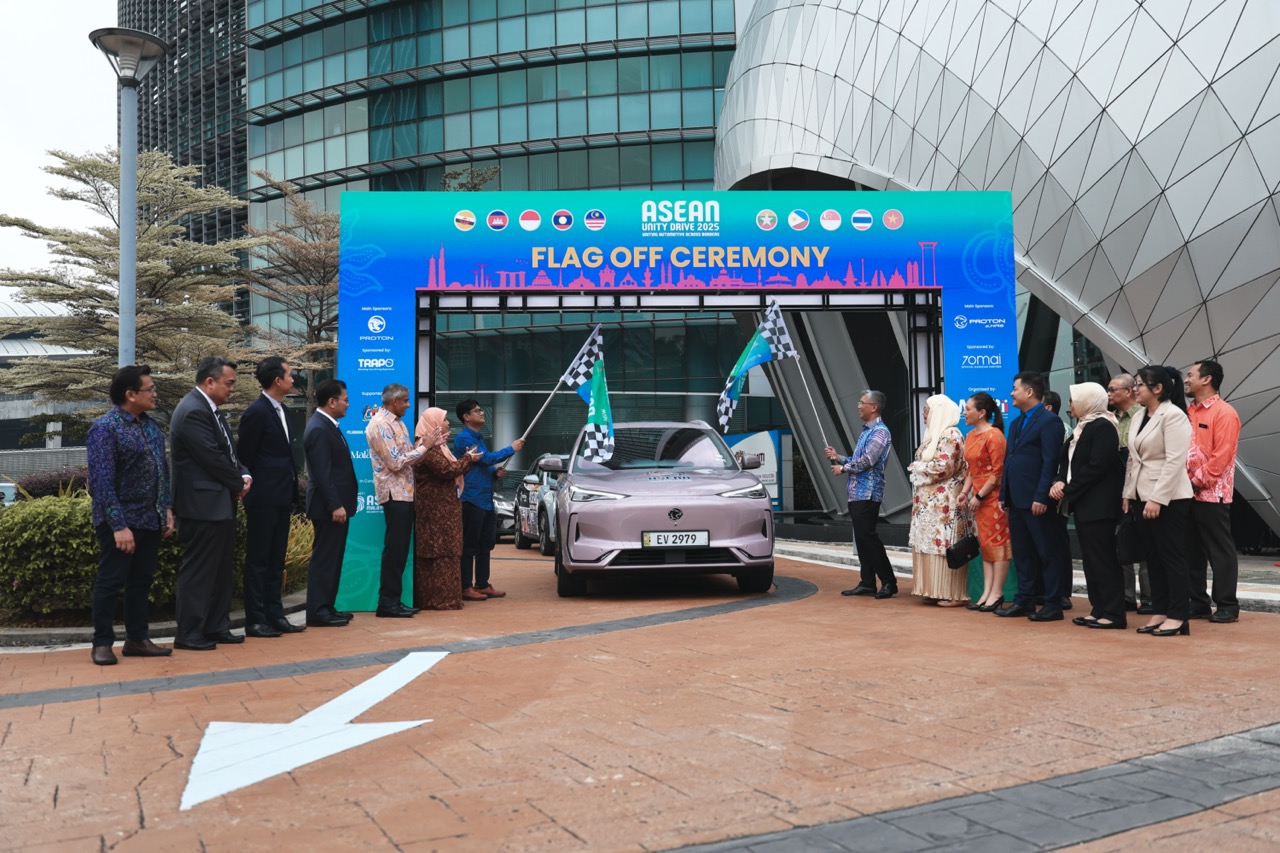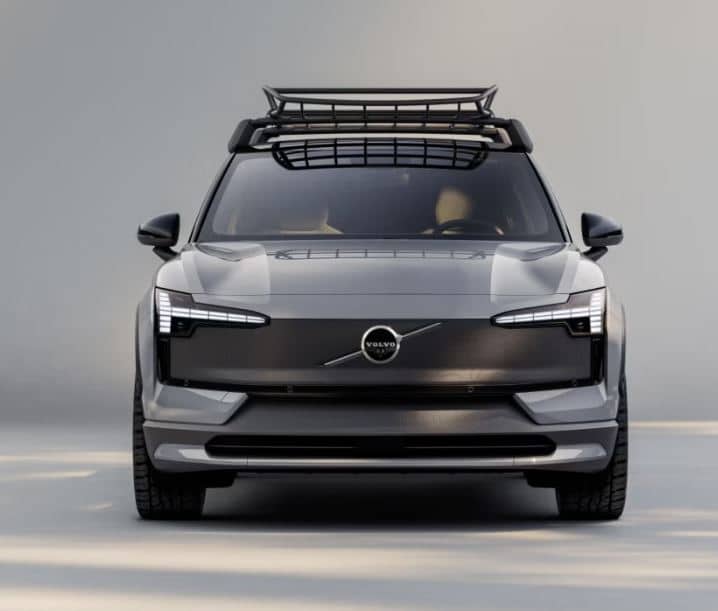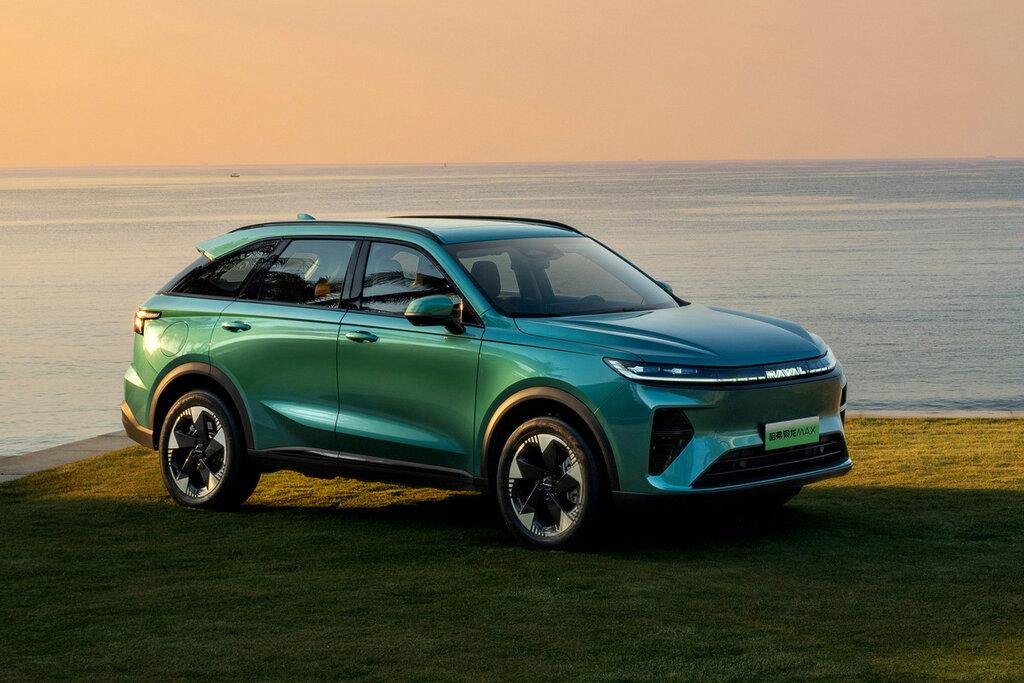The Taycan represents a new era in the history of Porsche cars as it is brand’s first all-electric sportscar. Unlike its entry into the SUV segment, Porsche has not been slow to develop a fully-electric production sportscar model and not surprisingly, offering pioneering technology to go with the high performance the brand is expected to deliver.
Both inside and out, the Taycan will be truly a car of the electric age and Porsche is now letting the public take a peek at the interior before the sportscar makes it world debut next month. Commenting on the interior design, Ivo van Hulten, Director Interior Design Style Porsche at Porsche AG, said: “The Taycan interior combines design elements typical for the brand with a new type of user experience, and impresses with its simple elegance. Less is more applies here too.”
Typical Porsche cabin
The original 911’s cleanly styled dashboard from 1963 was the inspiration. The stated goal was to bring it into the present day. The cockpit signals the start of a new era with its clear structure and a completely new construction. It is clearly driver-focused, the instrument panel clean and minimalist with an ultra-modern design. The free-standing, curved instrument cluster forms the highest point on the dashboard. It is clearly focused towards the driver and ensures that everything that’s needed for driving fast and safely is in view.
The innovative instrument cluster consists of a curved 16.8-inch screen with the rounded look that’s typical of Porsche. A cowl has been omitted, which ensures a slim and modern appearance in the style of high-quality smartphones and tablets. Real glass and a vapour-deposited, polarising filter give anti-reflective properties.
4 display modes
The Classic mode (power meter) evokes the rounded instruments typical of Porsche. This display delivers information that’s clearly arranged, allowing for fast readability. A power meter replaces the rev counter in the middle instrument.
Next is the Map mode which replaces the central power meter with a map layout. Full Map mode, when chosen, intentionally omits the round instruments in favour of a navigation map displayed across the full display. The Pure mode displays only essential driving information such as speed, traffic signs and navigation using a minimalist arrow.
There are also small, touch-control fields at the edges of the screen for operating the light and chassis functions. The instrument cluster is therefore wider than the steering wheel and reminiscent of the iconic original 911.
The steering wheel has a light appearance, with two models to choose from. In addition to the basic version, which can be customised with coloured inserts as part of the accent package, Porsche also offers a GT sports steering wheel option. It has a distinctive design with visible screw heads and features a typical Porsche round mode switch which can be used to select the various driving modes.
The upper and lower sections of the dashboard stretch across the entire width of the vehicle in the shape of a wing. A central 10.9-inch infotainment display and an optional passenger display are combined to form an integrated glass band in a black-panel look, thereby blending in visually with the interior.
All-new user interfaces
All user interfaces have been completely re-designed for the Taycan, possible since it is an entirely new car from the ground up. The number of traditional hardware controls, such as switches and buttons, have been greatly reduced. Instead, control is intelligent and intuitive – via touch operation or a voice control function that responds to the command “Hey Porsche”.
The elevated centre console intensifies the feeling of a low seating position, as you would expect from a Porsche. It features a large 8.4-inch touch panel with haptic feedback. This allows the air-conditioning settings to be altered directly. Integrated handwriting recognition also allows quick address inputs.
Every detail has been reduced to the essentials. Like the 918, the Taycan has a compact direction selector switch in the instrument panel instead of the classic selector lever. This gives the centre console a tidy look and creates storage space.
A reduction to the essentials and a clear approach are also evident for the air vents. These have been fully modernised and can be operated intuitively. Traditional, mechanically-operated louvres belong to the past, as airflows are now controlled both digitally and fully automatically (Virtual Airflow Control).
An optional 4-zone automatic climate control system installs an additional 5.9-inch touch control panel with haptic feedback allows the system to be operated from the rear seats.
Innovative material concepts
The Taycan’s colour and material design allows for individualised equipment, from traditional through to sustainable and modern. A new feature is the fully leather-free interior with state-of-the-art surface textures. ‘Race-Tex’ material is used, a high-quality microfibre material partially consisting of recycled polyester fibres. Its production has 80% less carbon dioxide than traditional materials. The floor covering uses the recycled fibre ‘Econyl’, which is made from, among other things, recycled fishing nets.
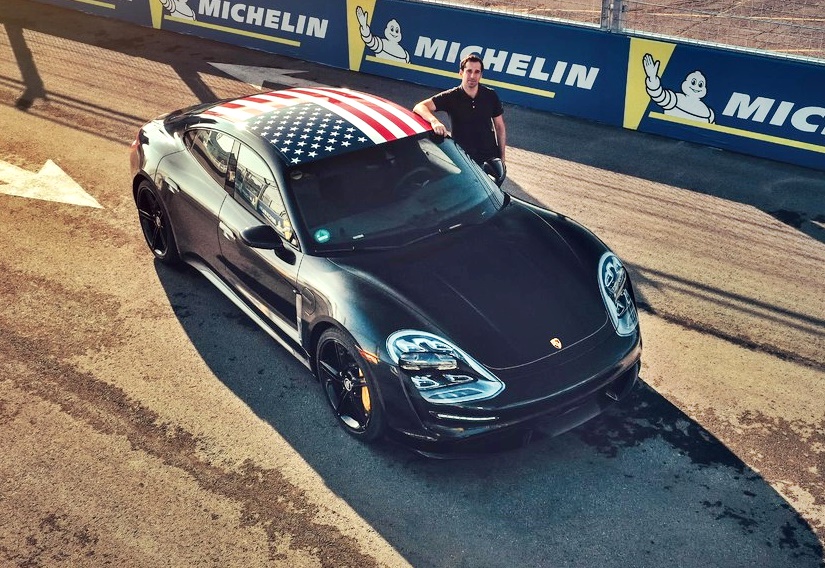
Related story: Porsche Taycan Completed 3,425-km Endurance Run In 24 Hours
Click here for other news and articles about Porsche on PISTON.MY
Visit www.porsche.com.my for information on new and pre-owned models sold in Malaysia




